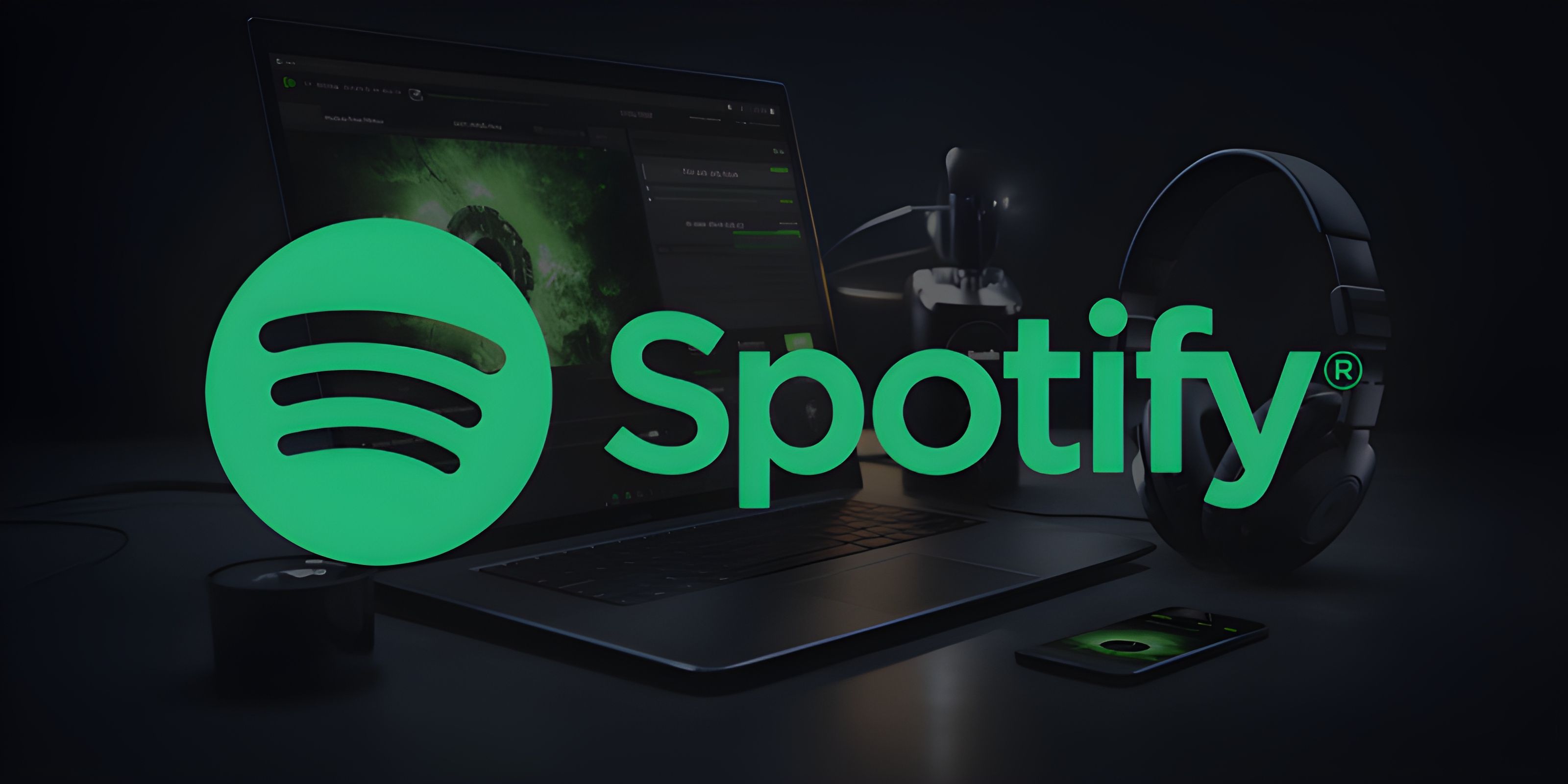Personalized intelligent assistant will signal the culmination of Web 3.0 in India
In this series, Sramana Mitra shares chapters from her book Vision India 2020, that outlines 45 interesting ideas for start-up companies with the potential to become billion-dollar enterprises. These articles are written as business fiction, as if we’re in 2020, reflecting back on building these businesses over the previous decade. We hope to spark ideas for building successful start-ups of your own.

In 2009, Web 3.0 remained unclear. I had come up with one of the most widely referenced formulas for Web 3.0 in 2007, claiming the next generation of the Web would result from combining content, commerce, community, and context with personalization and vertical search. Or, to put it in a handy phrase: Web 3.0 = (4C + P + VS).
A bit of history
1994-2002: Web 1.0 was all about driving online commerce, with users searching for “anything” in the tangled jungle of the Web. It produced powerhouses like Yahoo!, Amazon.com, eBay, Netflix, and Blue Nile. The rush for dollars also resulted in the dot- com meltdown. Even so, people’s habits around searching, buying, and selling forever changed.
2003-2007: Web 2.0 had been a relatively niche phenomenon, with hundreds and thousands of tiny companies focused primarily on social networking communities. MySpace, Facebook, and Digg were the most notable companies to emerge. But there were a plethora of others where one could “meet,” “connect,” and “make friends” online – habits no longer considered weird.
At the same time, we had seen a great deal of investment in vertical search companies. If you were looking for a job, you could go to a site like SimplyHired.com and search across various job portals and career sites. Or Kayak if you had travel questions. Or TheFind if you were seeking shopping advice. In each case, the sites had carefully customized search parameters (job seekers, for instance, could search on salary ranges, locations, levels, and so on). Therein lay the differentiation from Google, a generic horizontal search engine.
Finally, Web 2.0 brought an onslaught of user-generated content in the form of blogs, podcasts, comments, and reviews of restaurants, movies, stores, and hotels. Media became truly interactive, as opposed to the one-way world we were used to. Many more voices were being raised and heard. The media industry, as we traditionally knew it, had been shaken to its roots.
In 2007, however, I had felt the next wave – Web 3.0 – needed to organize itself around two different elements: context and the user. By “context,” I meant the intent that brings you to the Web, your reason for surfing. Looking for a job is “context,” as is planning a trip or shopping for clothes. Fundamental to context is the user. And when you fuse a specific user with genuine context, you wind up with truly personalized service.
Imagine: You are planning a trip to Rome. You are looking for a hotel around Piazza Espagna, but not something large and impersonal, which rules out the Hassler Villa Medici. You like smaller bed-and-breakfasts with charm, warmth, and character. You want an online travel agent who understands your needs and preferences, who can find you not only the right hotel but really interesting restaurants, boutiques, and shows all aligned with your taste. Normally, you use Guide du Routard as your travel guide, but by 2007, a gulf between travel guides and online travel-booking sites had emerged – in other words, content and commerce were fragmented. In Web 3.0, I hoped that you would finally see content and commerce come together, no longer forcing you to hop from site to site to get your job done.
Another crucial piece of the Web 3.0 evolution would require the notion of personalization layered onto user-generated content. Some user-generated content was already becoming an integral part of travel planning at the time. At TripAdviser, for instance, travelers could report back on their experiences at hotels around the world. The missing element, however, was the notion of the individual user and his or her personal needs. You didn’t want to read reviews from anyone. You wanted to read reviews by people whose taste and judgment you trusted.
In a Web 3.0 world, I was looking for a personalized travel agent to help me find and book a highly customized itinerary, leveraging all the power of previous generations of Web technology – searching (both generic and vertical), community building, content, and commerce. And beyond that travel agent, I was looking for a personalized shopping agent; a personalized career manager; a personalized car broker to find me the car of my dreams, at the right price, with the right features; a personalized matchmaker for my friend Barb; a personalized real estate agent for Monica. In short, I was looking for my personalized intelligent assistant – PIA – as the culmination of Web 3.0.
So in 2010, our new software company, PIA, built exactly that with a small team of 10 in Silicon Valley and a larger team of 1,000 in Kolkata. I handpicked the 10 in the Valley from companies like Kosmix, Rearden Commerce, SimplyHired, and Trulia, and I built a combination of four algorithms and AI experts – all computer science PhDs from Stanford or MIT – alongside three very strong product managers. In addition, I hired a stellar young social media marketing whiz who, over time, built a team of 30 in India to implement our overall marketing strategy to resounding success. Finally, I hired a talented systems architect who designed the entire PIA architecture. He was referred to me by my friend Shomit Ghose, a venture partner at Onset Ventures on Sand Hill Road, for his background in designing intelligent agents at Berkeley’s human-computer interaction (HCI) lab.
Other than the HCI architect, how did I find the other eight people? Well, I had developed a standard recruitment practice in the course of my entrepreneurial career. I hired a “sourcer” – someone who takes names of companies and hiring positions, develops a list of candidates, and then approaches them to gauge interest. While I used executive recruiters for senior management hires, I always used sourcers for recruiting the middle-management, technical, and other staff positions. It was both cheaper and more effective. On this occasion, I used a long-time associate – Arlene Rudy – who delivered the seven most critical hires in PIA’s history.
Our various PIA agents – who are available as free, ad-supported applications, or ad- free paid applications – were launched as iPhone and Facebook applications and used the core principles of viral social media engagement. PIA Travel, for example, had an eHarmony-like intelligent matchmaking engine to determine compatibility as traveling companions or as houseguests while visiting a certain city. If Barcelona was on your itinerary and architecture your passion, perhaps finding a compatible, English-speaking Catalonian host to show you around Gaudi’s masterpieces would be the final key to unlocking all the riches of this already renowned destination.
PIA Travel had – within months – three million users, which grew to 30 million within 18 months. PIA Jobs grew to 50 million users by 2015, and 300 million users by 2020. PIA Real Estate, PIA Match, PIA Books, PIA Music, PIA Film, PIA Restaurants, PIA Dance, PIA Chef, PIA Garden, PIA Photo – you name it, we now have PIA agents for all sorts of niches, and all sorts of users, the world over.











![[YS Learn] PolicyBazaar CEO Sarbvir Singh on managing stress and mental health in times of crisis](https://images.yourstory.com/cs/2/a9efa9c02dd911e9adc52d913c55075e/img-4-1594888520850.png)